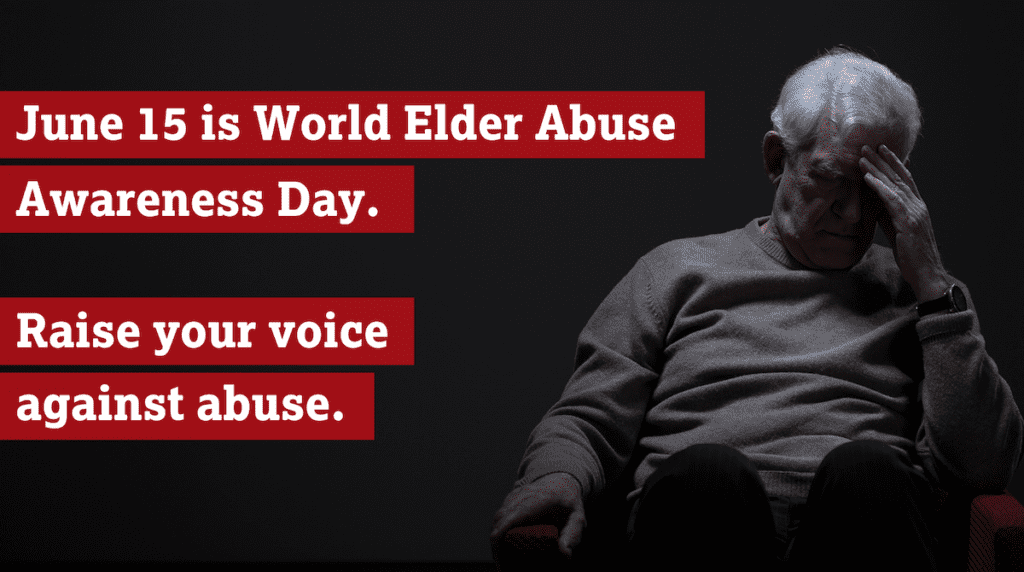

A 70-year-old woman was gang-raped in an alley at night—she was found the next morning in a pool of blood.
A drug-addicted man hit his 82-year-old father in the face for refusing to give him money for drugs.
A 94-year-old woman who was too frightened to go out during the pandemic was found starving at home after going almost a week without food.
These patterns represent actual cases of elder abuse that recently occurred around the world. Government response to these cases varied greatly, depending on the country’s stage of development.
What is Elder Abuse?
Elder abuse is an act that causes harm or anguish to an older adult. It can take many forms. The abuse can be physical, emotional, sexual, financial, or based on neglect. While many may picture elder abuse as a frail older person assaulted on the street by a stranger, the offenses are usually committed by abusers known to their victim.
A recent poll by HelpAge India revealed that one out of two older individuals interviewed had suffered abuse at the hands of a family member. And a University of Texas study found that out of all the different types of elder abuse, neglect and exploitation have the lowest survival rate.
June 15th is World Elder Abuse Awareness Day, now known as WEAAD. The International Network for the Prevention of Elder Abuse and the World Health Organization first recognized this day in 2006 as an opportunity to address what has been characterized as a hidden epidemic. Although life expectancy has increased across the globe, abuse in later life persists as a significant public health crisis. Many of the challenges are universal:
Elder abuse cases are vastly underreported. Victims often know their abuser and fear the consequences of notifying authorities. If the abuser is a family member, the case may not be viewed as a crime. Many older victims are unable to report as they suffer from cognitive challenges. Cases involving caregiver neglect and self-neglect are often overlooked.
Prevalence studies on elder abuse are few and far between. There are few statistics collected globally, even though the United Nations recognized the crisis over a decade ago. The fact that there has been no systematic collection of this data indicates that ageism is alive and well around the world.
Education and public awareness present an additional hurdle. Business owners, farmers, law enforcement, doctors, nurses, humanitarian workers, and others need to be informed about the widespread problem of elder abuse, as well as prevention tips and resources for victims.
Elder abuse was an emergency before COVID-19. The pandemic only exacerbated the vulnerability of many older adults around the world —isolating them from loved ones, limiting food and medicine, and exposing them to fraud schemes. Too many nations have turned a blind eye to older people who have yet to receive a vaccine.
An annual day recognizing elder abuse and neglect will do little to improve the lives of older victims around the world. We all have a moral obligation to recognize the 15th anniversary of WEAAD by taking concrete steps to protect the security and dignity of older people who may be vulnerable— year-round. Lives depend upon it.
Please consider becoming active at events that raise the specter of elder abuse, neglect, and exploitation around the world. Continue to share helpful resources that will improve the lives of older adults, caregivers, and professionals. You can recognize World Elder Abuse Awareness Day and help older victims around the world by donating to HelpAge USA here.
HelpAge programs equip older people, caregivers, and professionals with information on human rights and legal resources. We provide the resources older people in the world’s poorest communities need to age in good health, earn a sustainable income, and stay protected from abuse. Make a difference today!

